PROJECT DESCRIPTION
Unconditional Seasonal Support (KAO-SO1-NECDO-AF01-0645) is a 4 months project From August up to Nov 2020 covering the vulnerable families affected by COVID-19 in different districts of Kabul. This project covers District 2, District 4, District 11, District 15, District 17 and District 20 of Kabul province. The vulnerable families include widows, disables, orphans, the families living in tents, the families which were living in rented houses and most importantly the affectees of COVID-19. The project includes sub-activities for completing the milestones in each district the vulnerable families are identified by focal point/local representative (Wakil-e-Guzar) in each district. The identified families should be surveyed by NECDO relief program team and accordingly the vulnerable families are selected based on their physical and social status for cash assistance of this project.
- SURVEY & SCOPE EXPLANATIONS
Initially NECDO recruited the survey and scope teams upon agreement with WFP representative from 1st August, 2020 to 30 November, 2020. The survey team asked the focal points, community leaders (Wakil-e-Guzar) and Mullah Imams to provide us the list of vulnerable families. As soon as lists were gathered, the team started the survey and each day approximately 450 families were surveyed and the selected numbers of families were asked to come next day for Scope process.
- MALE/FEMALE BENEFICIARIES
| Vulnerable Families Effected by COVID-19 | ||
| Location | Male | Female |
| District – 20 | 2,359 | 361 |
| District – 17 | 1,744 | 620 |
| District – 15 | 1,617 | 500 |
| District – 4 | 1,615 | 423 |
| District – 2 | 1,460 | 635 |
| District – 11 | 1604 | 508 |
| Total | 13446 | |
- CRITERIA FOR BENEFICIARY SELECTION
- First and foremost the preference was given to those which were running their life with daily wages and they were not able to work due to COVID-19.
- The family who lives in a rented house.
- The family who has not male breadwinner at home.
- The family who had an affected person of COVID-19.
- The family who lives in designated areas that were specified by WFP.
- The family which is run by an Orphan.
- The family which is run by a widow.
- The family which is run by a disable person.
- The family which is internally or externally displaced.
- JUSTIFICATION
Most of the people who live in Kabul city are running their life with daily wages and lockdown due to COVID-19 has restricted them to go out for job or earn money. It is impossible to earn the money for family in these situations compare to pay for rent and other expenses. Women and widow is mostly affected people because lockdown increased the domestic violence and economic conditions. The proposed intervention is the well justified action to provide temporary support to the targeted number of households in these pandemic situations.
The Survey and Scope processes were completed during first week of September, 2020 and the list was sent to WFP for final approval. The approved list of beneficiaries was received from WFP along with Tokens. The tokens and lists were printed and the sight for distribution was arranged by project manager. Hence, the community leaders (Wakil-e-Guzar) and other representatives were contacted and asked to send the selected and approved beneficiaries to the assigned location and each household receives 6,000 AFN cash.
- CASH DISTRIBUTION MECHANISM
The cash was distributed by AWCC in presence of WFP field monitor and management staff of NECDO. Cash was distributed to hundreds of families each day and the daily reports were signed by AWCC representative, NECDO’s site leader and WFP monitor.
The token number was allotted to each beneficiary and it was mentioned to them in order to receive the cash next day. Hence, upon arrival of the beneficiaries the Tazkira numbers of Households or Alternatives were checked in the database to confirm the deserving beneficiary. The token numbers were given them to move forward so that NECDO team could be able to get the thumb print and guided them to receive the cash from AWCC representatives. At the end of each distribution day the tokens were counted among AWCC and NECDO representatives who were endorsed by WFP field monitor. Meanwhile, the beneficiaries were keeping on reminding to have a social distance and follow the instructions of Ministry of Public Health appropriately.
| Number of Present, Absent and Duplicates of Beneficiaries PD 20 | ||
| Description | Number of Beneficiaries | Total |
| Present | 2,707 | 16,242,000 AFN |
| Absent | 11 | |
| Duplications | 2 | |
| Number of Present, Absent and Duplicates of Beneficiaries PD 17 | ||
| Description | Number of Beneficiaries | Total |
| Present | 2,364 | 14,184,000 AFN |
| Absent | 2 | |
| Duplications | 2 | |
| Number of Present, Absent and Duplicates of Beneficiaries PD 15 | ||
| Description | Number of Beneficiaries | Total |
| Present | 2,110 | 12,660,000 AFN |
| Absent | 7 | |
| Duplications | 0 | |
| Number of Present, Absent and Duplicates of Beneficiaries PD 4 | ||
| Description | Number of Beneficiaries | Total |
| Present | 2,041 | 12,246,000 AFN |
| Absent | 17 | |
| Duplications | 42 | |
| Number of Present, Absent and Duplicates of Beneficiaries PD 2 | ||
| Description | Number of Beneficiaries | Total |
| Present | 2,050 | 12,300,000 AFN |
| Absent | 11 | |
| Duplications | 34 | |
| Number of Present, Absent and Duplicates of Beneficiaries PD 11 | ||
| Description | Number of Beneficiaries | Total |
| Present | 2101 | 12, 606,000 AFN |
| Absent | 11 | |
| Duplications | 0 | |
- PROBLEMS/CHALLENGES
- Lack of public awareness regarding the effects of the COVID-19 pandemic
- Lack of cooperation from community leaders in some areas
- There is a difference between scope and selected beneficiaries because WFP finalizes the list so it is hard to make understand certain individuals.
- Name spelling or Tazkira number missing creates issue while finding the selected beneficiary in database.
- The beneficiaries and community leaders do not have patience everyone keeps on trying to take the money first but we are following first come, first serve strategy.
- Security problems
- HOW TO RESOLVE THE CHALLENGES
- The team used to wear gloves, masks and using sanitizers in order to be safe from being affected by COVID-19.
- The sign boards were hanged on walls in the site related to COVID-19 and beneficiaries were kept on reminding about social distance.
- Some of the beneficiaries received the Food Assistance from same district which was also the project of WFP therefore they were not selected for Cash Assistance.
- In the database we used to make entry of Tazkira numbers and contact numbers of Households and Alternative due to which it was possible to locate the beneficiary data.
- The preference in Queue was given to Elders, Disables and Women with a baby hence it was acceptable to all the beneficiaries.
CONCLUSION
This project has been started from PD-20 and NECDO survey and scope team conducted survey successfully with scope (data entry in database) which was started in September, 2020 and completed in September, 2020. The purpose of this project is to assist the most vulnerable families affected by COVID-19 with cash assistance. Each district has a specified portion of beneficiaries therefore 2,820 families were surveyed and 2,720 were selected for cash assistance program. Each beneficiary received the cash assistance of 6,000 AFN through AWCC (cash provider). The cash distribution took place in presence of the field monitor from WFP.
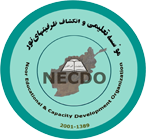
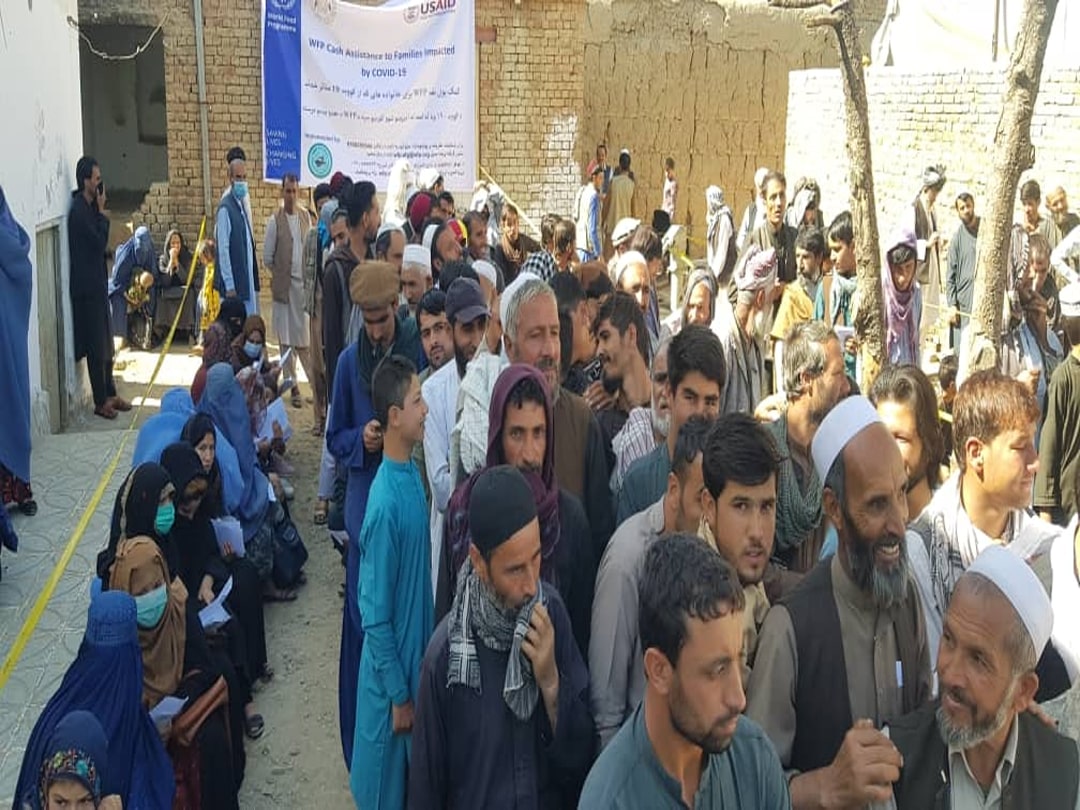
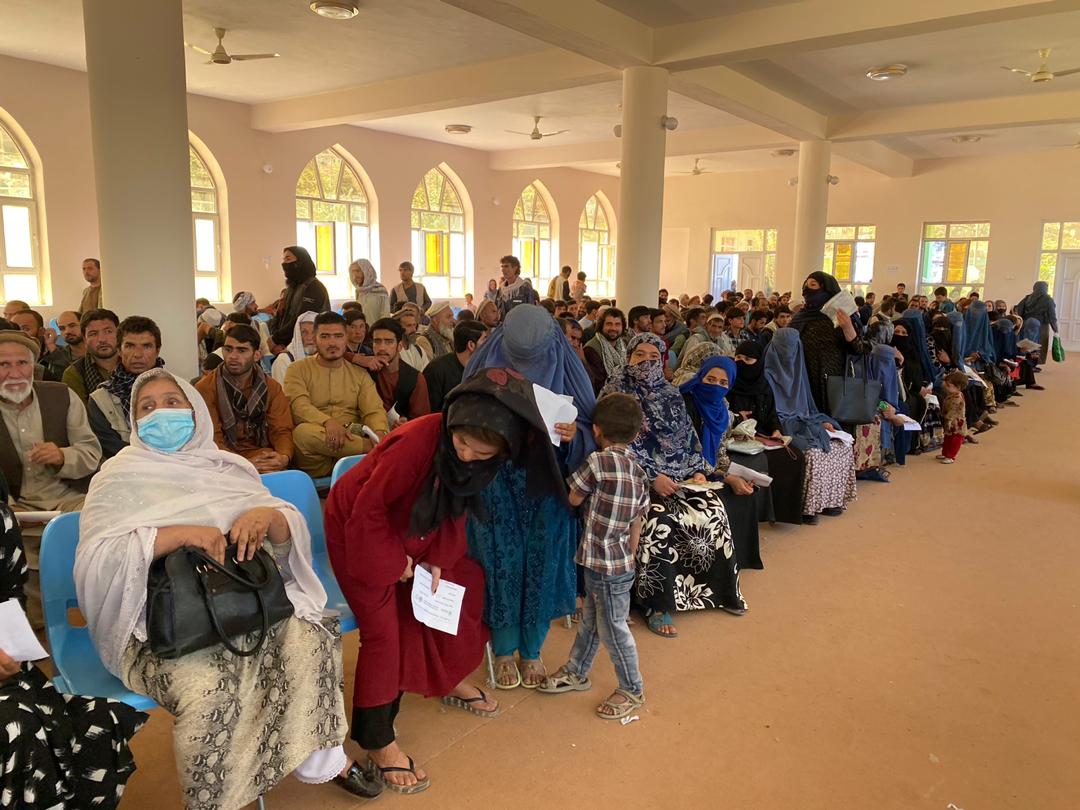
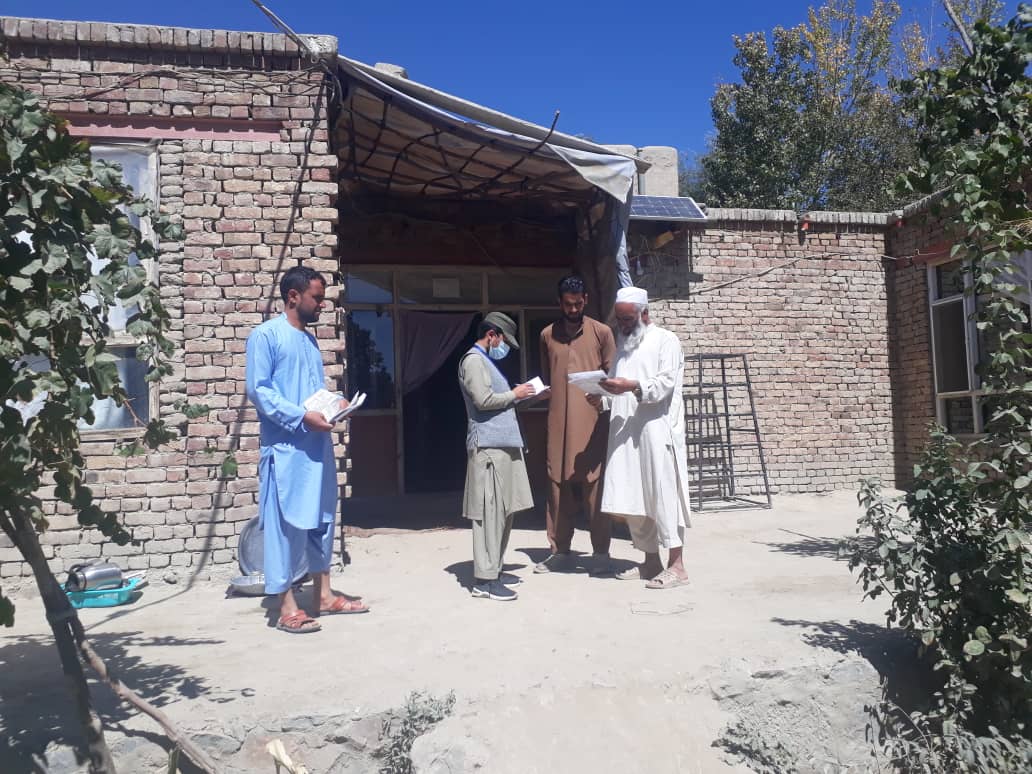
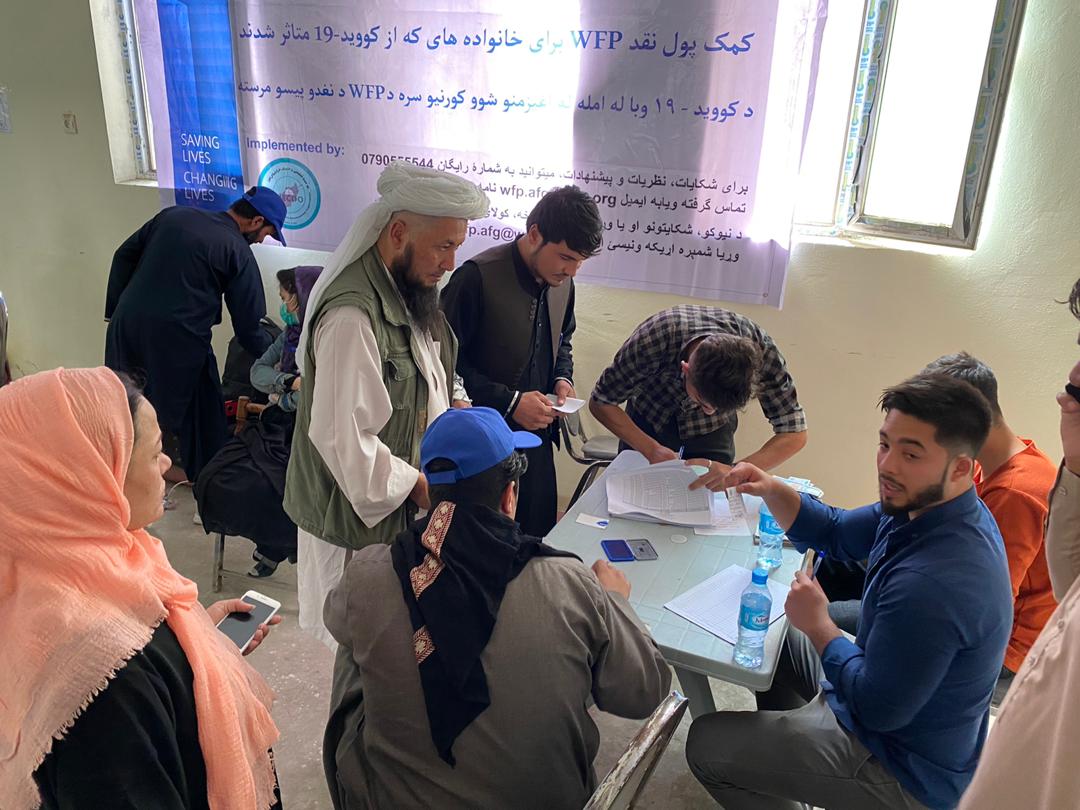
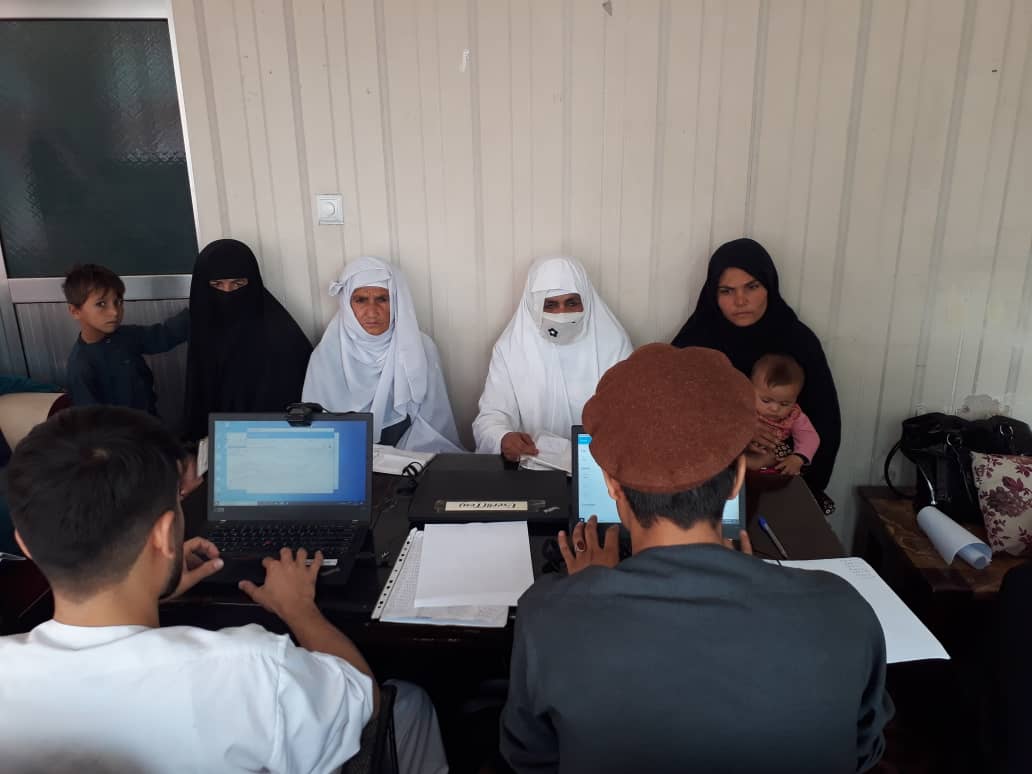
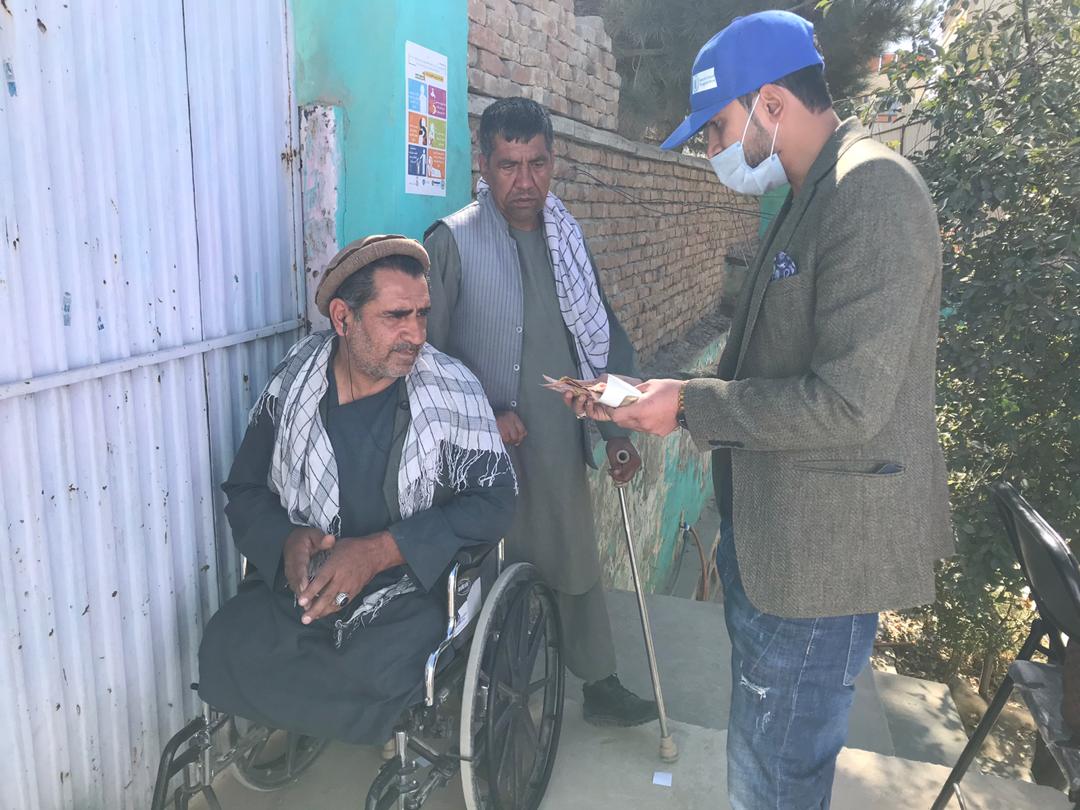
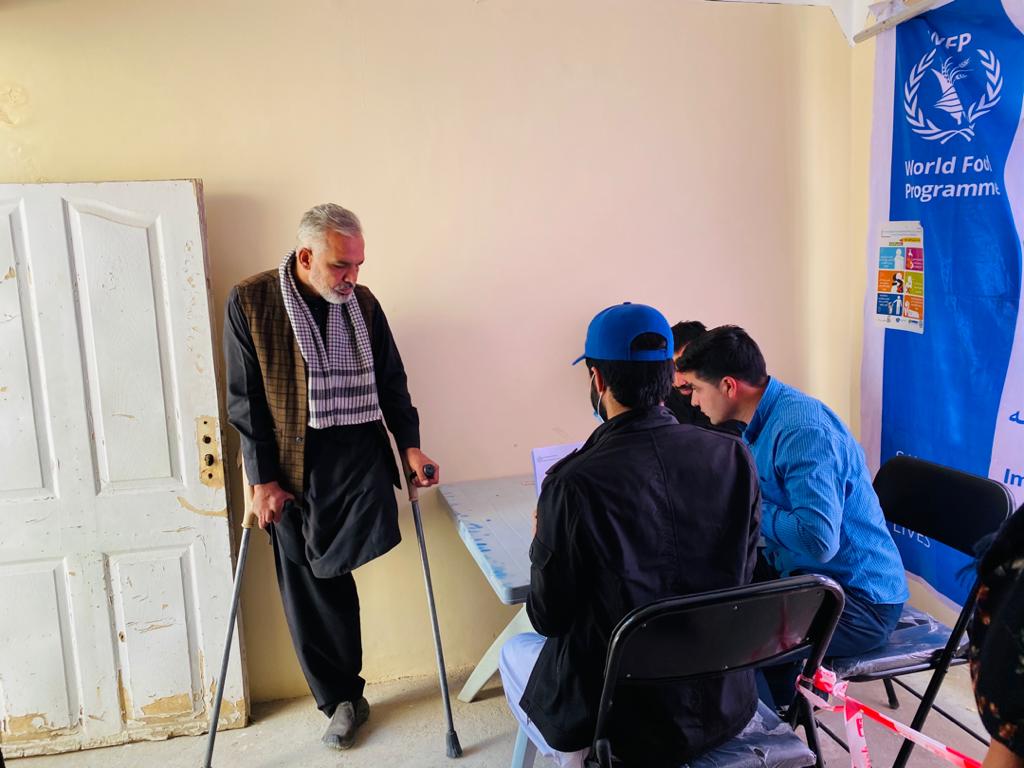

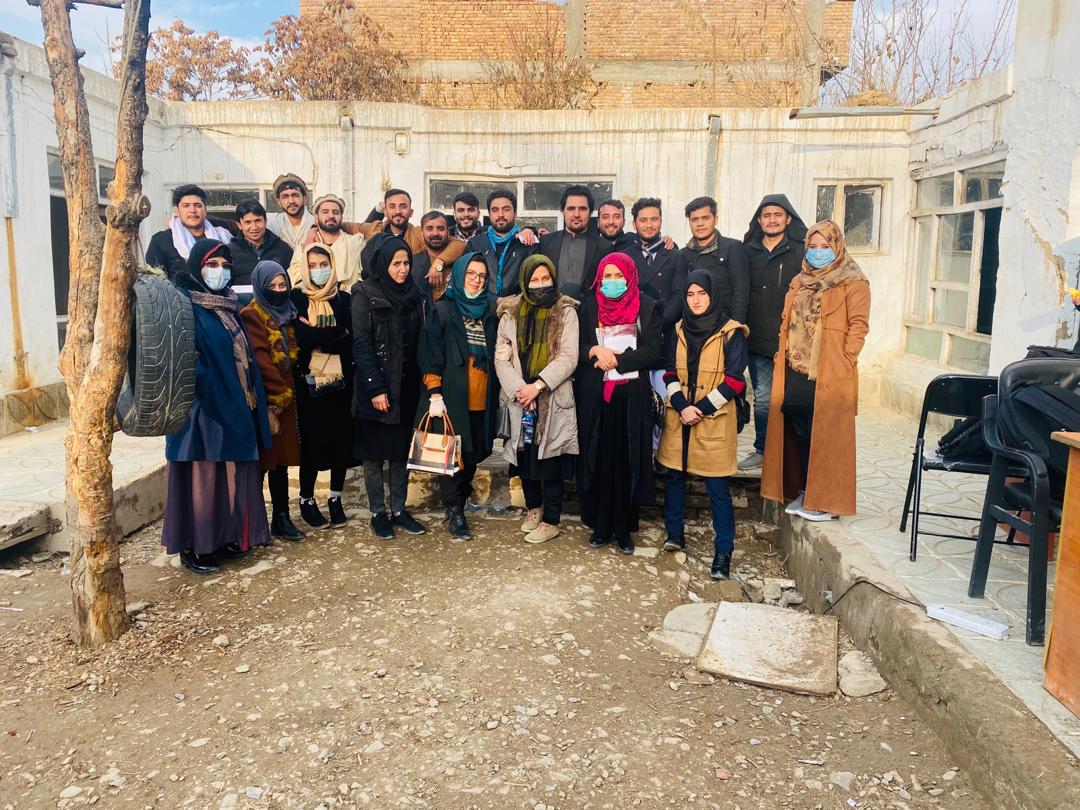
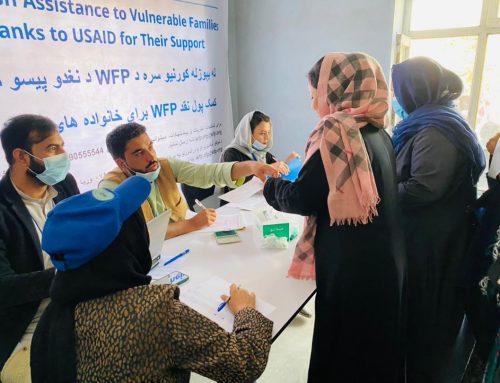
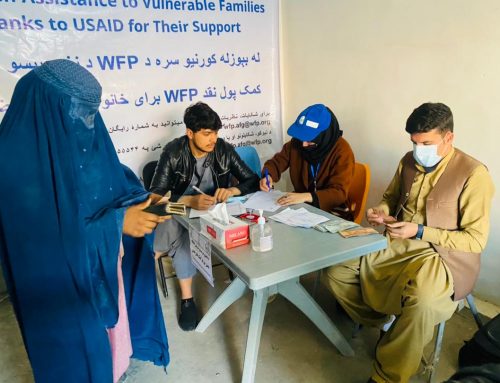
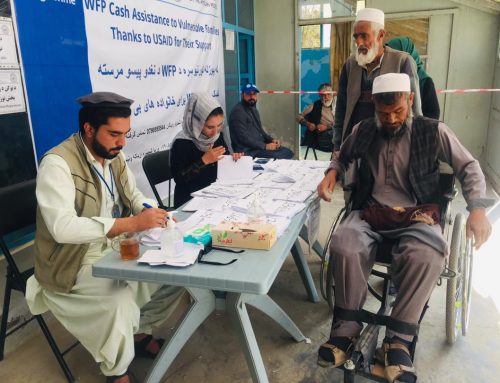
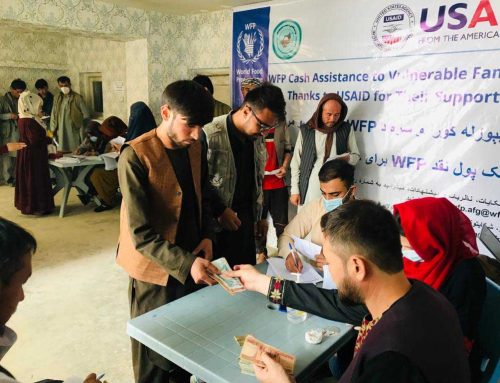
Leave A Comment